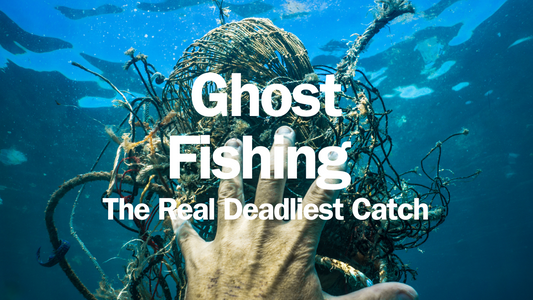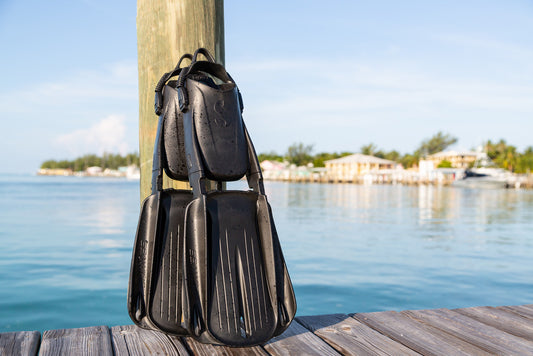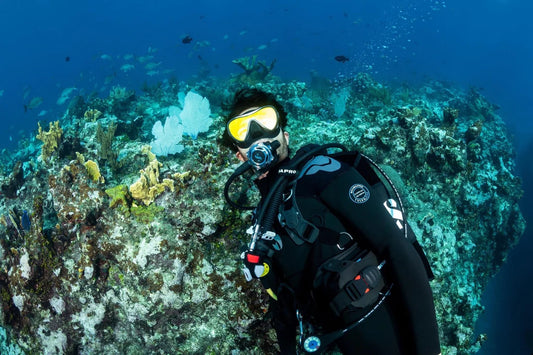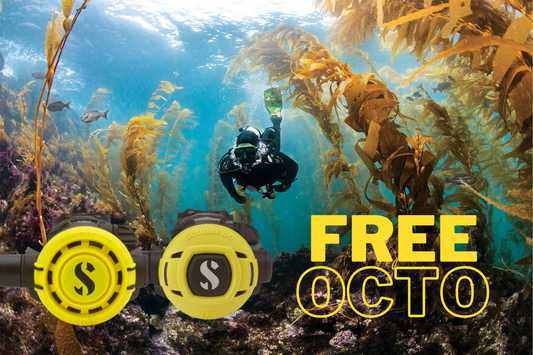Tips and Advice on Proper Buoyancy Control
As a new diver, mastering buoyancy can seem like a task. Just like we’re having to learn to ride a bike or walk again. We’ve all been there, it can be hard, but it takes patience and practice. After you’ve mastered the art of buoyancy, it becomes second nature and you won’t be giving a second thought to it.
Why is Proper Buoyancy Control Important?
Buoyancy control is one of the most important skills to master when diving. Controlling your buoyancy not only improves your safety, but it reduces air consumption, reduces stress and fatigue and it keeps you from accidentally breaking reefs or touching marine life.
Tips on How To Improve Our Buoyancy Control
There are a few effective different techniques and methods on how we can improve our buoyancy to avoid reef destruction and improve our diving skills. Here are a few techniques that you can try on your next dive to help you up your buoyancy game. If you have access to a pool or a dive club with a pool, it could be a good idea to try out your skills in a pool so you master the art before trying it at a dive site.
Or, if you’re really struggling with buoyancy control, dive providers offer a Peak Performance Buoyancy Control course. So check with your local dive school to see what courses they offer.
First off, try these buoyancy control techniques, see if it helps to make a difference to master your buoyancy. Here are a few tips from us that you can practice on your next dive:
Practise your breathing techniques: Your lungs are a natural buoyancy, so slowly inhale and exhale while underwater and practise your buoyancy techniques with this. First, give this a go while you’re stationary underwater. Hover a little bit, cross your legs and breath. Try to maintain in the same spot using just your breathing alone.
Relax as much as you can: This is the most important factor in controlling your buoyancy. Let your mind guide you throughout your dive.
Use your BDC: Empty your BCD as you descend. When you reach your desired depth, add small amounts of air to become naturally buoyant.
Use the correct amount of weights: Too many weights and you’re prone to sinking. Too little weight and you’re prone to ascending. Try different amounts of weights to find the optimal weight sizing needed for you. If you're using the incorrect weight measure this can affect buoyancy problems as well as air consumption. So make sure you get this down to a T.
We’re Here to Help
By learning how to master proper buoyancy control, you are helping to protect the marine environment around you and improves your safety and others around you. If you have any questions about buoyancy control, please email us at support@mikesdivestore.com where we have a team of scuba diving professionals, here to assist you with questions that you may have. As we mentioned before, if you need extra help with buoyancy control, get in contact with your local dive centre and they might be able to help you out with pool sessions or a course.




